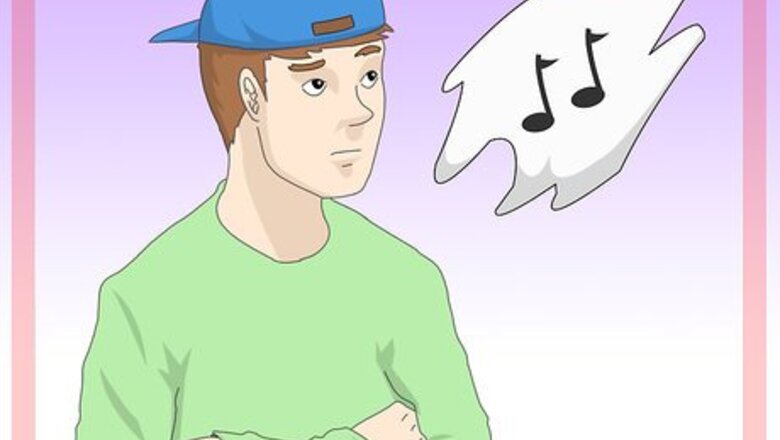
views
Understand what makes trance unique.
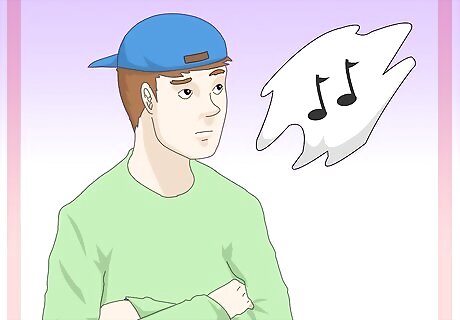
Trance particularly has unique characteristics that make it differ from other electronic music. These include, but are not limited to the factors listed below: Emotion. One of trance's main characteristics lies in the emotional factor that it places in the listener. Much of modern trance music places emphasis on a "build-up and breakdown" measure associated with progressive trance, which is good in moderation. Be aware that trance music did not start using progressive build-ups and breakdowns until about the late 90s. Prior trance would typically keep the same beat for the length of the entire song. Repetition. Trance music is usually very repetitive. This is not to be associated with a negative connotation, as repetition is one of the factors that helps to instill the emotional aspects of the genre. You should be mindful of making any repetition flow naturally. Repetition that does not flow properly will tend to "mimic a broken record", per se, making it difficult for listeners to adapt to and connect with the sound. The quarter-note bass kick. The quarter-note kick helps to retain the emotional factor that is created by repetition. Almost all trance music has a defining quarter-note bass kick that usually remains for the majority of the song. Keep in mind that the quarter-note kick does not have to be an overpowering bass note; you might choose a subdued sound. Similarly, many artists will begin with a series of ambient sounds and gradually work the listener into the main melody. Beats per minute. Most trance lies within the range of 130-150 BPM. Sometimes it may drop below 120 BPM—particularly in ambient trance—but it generally does not exceed 150 BPM, as this begins to border hardcore electronic music, which is another genre in itself. For a lot of EDM genres, 128 BPM is good, and is very good for trance music, because it is somewhat midtempo, but has an easily danceable feel. It is also good for the style of dance used in trance music, which is jumping up and down repeatedly with hands in the air.
Get some inspiration.
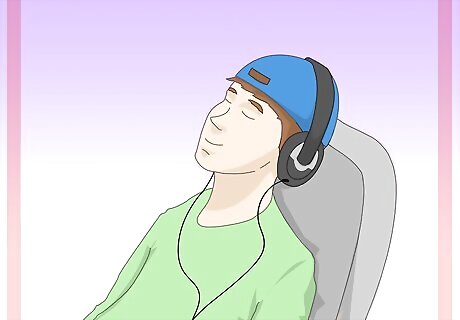
While copying another artist's music isn't the best idea, there is nothing wrong with listening to other artists for inspiration and ideas. Listen to a lot of trance music to determine what you like, what inspires you, and what kinds of music you would like to make. Remember that there are several different subgenres of trance. The sound of trance has changed considerably from what it sounded like a decade ago. Be sure to get a feel for trance from the early 90s along with trance that is released today. Many great recording artists keep music from their own genre close at hand. This "reference work" will ensure that you retain the fundamentals of the genre that you wish to write a song for. Just as all great painters study their peers for inspiration, so should you.
Listen to several subgenres of trance.
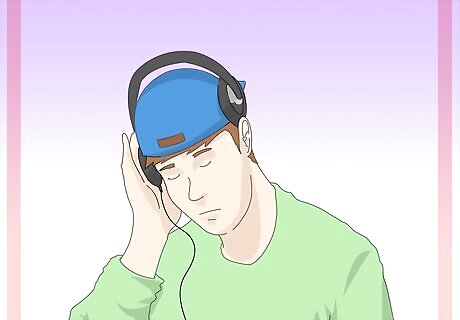
Trance may have some universal characteristics, but its melody can vary tremendously across subgenres. Recognize the characteristics of some of these subgenres: "Classic" trance. While this isn't a specifically defined subgenre, this refers to early trance that began in the late 80s. This subgenre has a tremendous focus on repetition, slowly changing over the course of the song. Classic trance can be said to be ported from contemporary classical music's "minimalism" developed by contemporary composers such as Steve Reich, Terry Riley, La Monte Young, and Philip Glass. Acid trance. Acid trance is mostly similar to classic trance, except that it has a much more hypnotic and "trippy" feel to it. It has a unique sound that is often achieved by playing with filters, pans, and oscillators to create a "science fiction"-esque sound. See Roland TB-303. Progressive trance. This subgenre defined the popular "build-up and breakdown" themes that are often associated with trance. By slowly building up a progression of melodies and creating a pseudo "tension", an outburst of emotional bliss results at the peak of the melody as it "releases". These releases are often done by creating a brief lull in the melody before quickly returning to the main theme. Other common techniques include pausing, using rests, rapidly speeding up the BPM, and using progressing kicks from quarter- to eighth- to sixteenth-, note kicks, and so on. The major artists in progressive trance are Tiësto, Darude, Armin van Buuren, and Paul van Dyk. Goa trance. This subgenre shares many of the characteristics of acid trance, but has a unique "organic" sound to it. Goa trance is such a complex and structured subgenre of trance that many other "sub"-subgenres originated from goa trance, itself. Psychedelic trance. Also known as psytrance, this subgenre is very similar to goa. In what goa trance creates for an organic feel, psytrance creates an electronic, futuristic feel. Psytrance tends to use more sci-fi ambient sounds together with the techniques used in acid trance. Ambient trance. This subgenre tends to use a much slower BPM and places less emphasis on the quarter-note kick. Many ambient artists do away with the quarter-note measure altogether and drop to half-note measures or other measures. Ambient trance generally uses softer sounds and maintains an "easy listening" feel, while still retaining the repetitive and emotional characteristics associated with trance. Tech-trance. Tech-trance is a fusion between techno and trance. It is very tough. It doesn't focus on a melody, at times a melody will be used in the breakdown. Usually focuses around the talent to manipulate one note and edit it to make a very industrial sounding synth. Some names to check out who specialize in tech-trance are Sander van Doorn, Abel Ramos, Bryan Kearney, Randy Katana, and Marcel Woods.
Analyze the music.
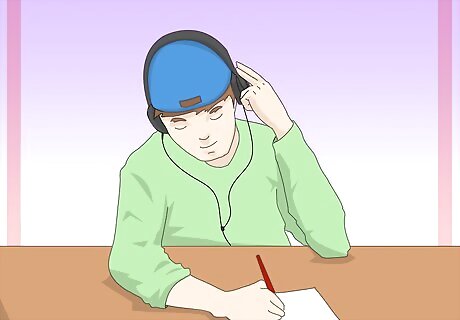
How it is sectioned and divided? What percussion was just added or removed? How did the melody change? What all is going on? What sort of ambient noises can you hear in the background?
Purchase a computer with appropriate specs.
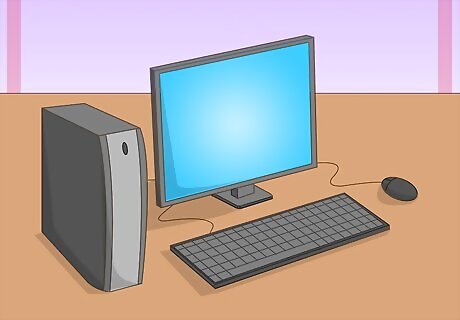
You'll need a high end machine that can handle making and editing sounds if you are looking to produce quality music. Here are some important specifications to consider. Processor. Dual core processors are particularly effective in streamlining functionality and improving performance while writing trance music. Quad cores are also brutally effective, but are expensive. Additionally, some machines still don't possess the capabilities to handle the power of a quad core processor. Hard drive space. Higher quality sounds mean larger sound files. Keep in mind that you aren't writing music using MP3 quality, which averages a bit rate of 128 to 320. You'll want the highest quality bit rates for sounds when working to develop your music. The size of your hard drive can vary significantly, depending on the sounds that you intend to use. 250GB of hard drive space is a very liberal amount. RAM. Two gigabytes of RAM (2GB) is a fair starting measure. 1GB of RAM tends to push the limit, and anything under 1GB becomes particularly difficult to work with effectively. Sound card. You'll need a high quality sound card. An internal M audio "Audiophile" sound card with RCA will do fine, as well as an external "fast track" USB sound card with microphone input/RCA. This is also good for recording mixes. Music producing/editing software. This will be further detailed below.
Purchase or download music-making software.
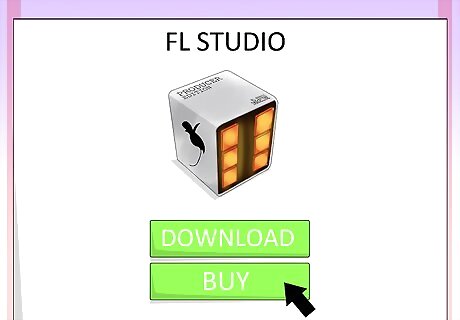
Ableton Live, Reason, and/or FL Studio are good programs that you can use to help you to make beats, breaks, and a bass line. (Or, if you own a Mac, try GarageBand or EasyBeat, or Logic Pro for more advanced composing. On Linux LMMS would be just fine and also runs in Windows) Time and dedication will show the best results.
Practice using the software.
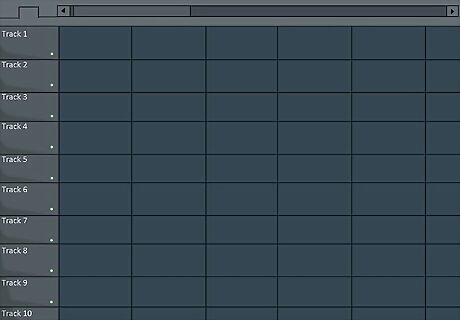
Get a feel for the sounds you can make and for your style. Try modding the pre-programmed sounds that you like.
Learn how a synthesizer works.
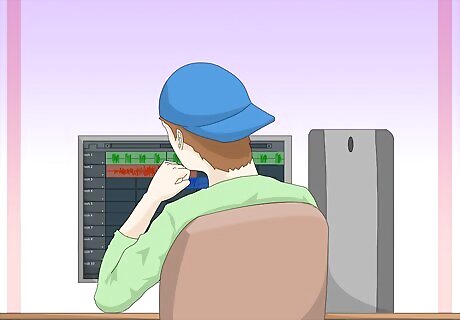
Oscillators, waveforms, filters, LFOs. Synths presets are a good way of getting started, but programming the sounds yourself will be far more beneficial in the long run.
Get yourself some tools and instruments to make music.
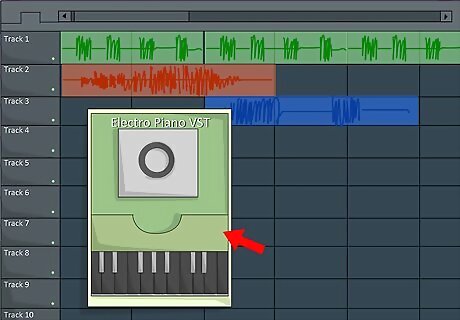
While using predefined melodies and sounds is useful for beginners making trance, you are better off developing your own unique sound. There are plenty of free VSTs (virtual studio technology) out there, all of which will improve the standard of your music. KVR Audio is a great site for downloading VSTs, and Synth1 or SuperwaveP8 are good and easy-to-program synths. If you are willing to spend a bit of money (~$90) , Nexus is THE VST you want for the best trance lead sounds. Another mentionable VST is V-Station, which is great for trance-specific production. Vanguard is another great VSTi that can be purchased. Also Sylenth , and Spectrasonics omnisphere for pros. Gladiator 2 and zebra synths are also very good. Psytrance and Goa trance bass sound can be difficult to program from scratch on a general purpose synth if you're a beginner; Alien303 is very a good start for this until you get the grasp on how to do the sounds yourself.
Purchase a MIDI board.
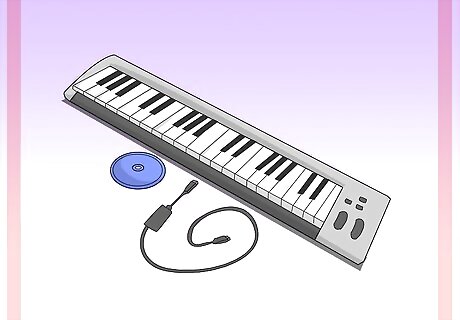
The M Audio MIDI board, Oxygen O2, Keystudio, or M-audio Axiom or Novation are good for beginners. You may need drivers for the desired MIDI board of your choice. You can download necessary drivers for M Audio straight from their website.
Get yourself a studio monitor.
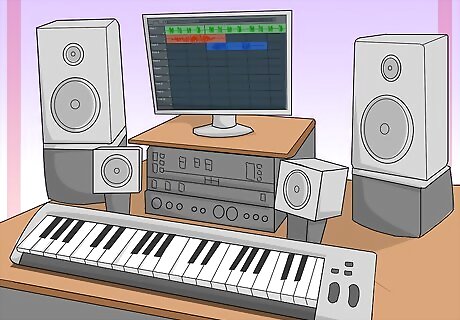
KRK, Mackie, Behringer, or Fostex will do you good. Make sure that they come with at least a 3" subwoofer—you'll need it for the kicks and bass in trance. Also, your speakers should have at least a 1" tweeter. Don't waste your money on cheap gear! Brand names do pay off.
Make a mixtape showcasing your talents.
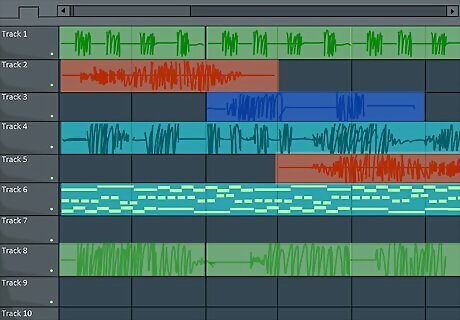
Don't worry if it doesn't sound great at first; you will get better with practice. Try to be critical of yourself, but also spotting ways you can improve. Remember you're not at their level until you work your way up there. It takes practice.
Publish your music.
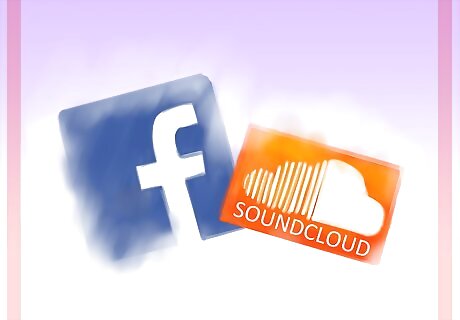
You don't need to go right to a producer and show your work, but you might create a Facebook or Soundcloud.com music page to get your name out there. Find a way to promote yourself. Remember: If one person doesn't like you, that's just one person's opinion.
Promote yourself and get connected.
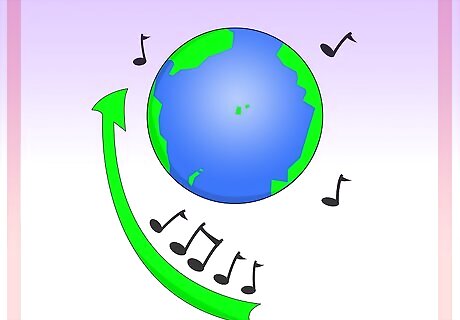
Once you feel that your productions are turning out positive, try to get one signed. It will be very difficult, but the end result will leave you truly accomplished. You may need to send out at least 100 demo submissions to labels all over the world before you get any notable recognition.
Export, render, and upload your tracks.
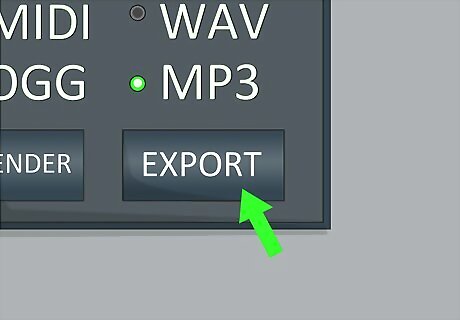
There are several aspects to consider while doing this. Export your track from your software. Use the format of your choice (usually in lossless .FLAC). Many programs allow you to export to .MP3 as well, but be certain that you use the V0 variable bitrate preset). Note that most media players will only play 16-bit FLAC files, although you can download codecs to play 24-bit .FLAC if you insist on using it. Upload your file, using a file sharing site of your choice. There are countless sites, but YouSendIt is particularly notable. It is not free, but it allows you to send songs directly to anyone's email address. Generate a direct .MP3 URL to your file and copy and paste it to all of your demo submissions. Include any extra background information that you wish, such as your email, your Myspace, and so on. Create a Myspace music page. You should upload only samples to your page, since there is a size limit of about 6MB. Remember to keep your sound quality above 296kbps. This way, you'll offer a good preview in good quality, which will attract more visitors. Uploading a fraction of your song is also a safety precaution to avoid users ripping your full-length music.











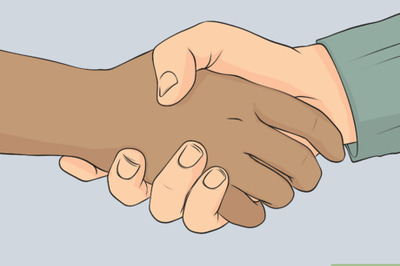

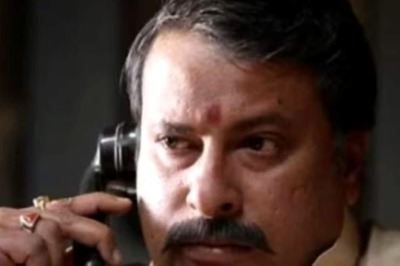


Comments
0 comment